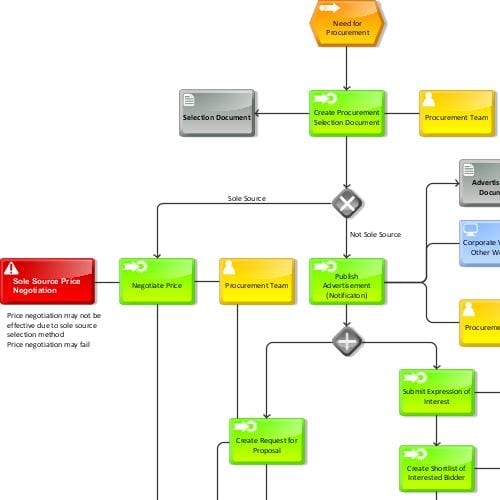The ‘Best’ Ideas are Rarely the Most Creative
Frequently, brainstorms, idea campaigns and similar idea extravaganzas end with a vague notion of choosing the best idea. The problem here is that a truly creative idea, the kind of idea that has the potential to become a breakthrough innovation is seldom the best solution to the problem or the best path to achieving a goal - for the very simple reason that highly creative ideas are original. They cannot directly be compared to existing notions, warns Jeffrey Baumgartner.





